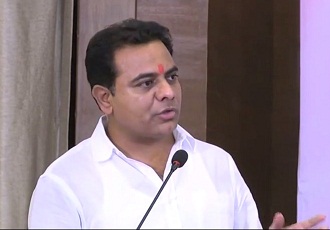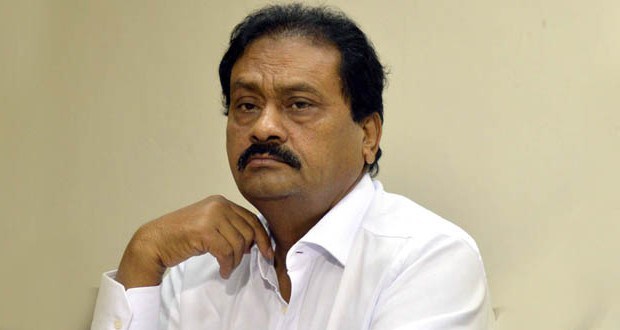World Bank Approves $ 250 Million for Disaster Recovery Project Andhra Pradesh, India

WASHINGTON, June 17, 2015 ─ The World Bank today approved a US $ 250 million credit for Disaster Recovery Project of Andhra Pradesh to restore, improve and enhance the resilience of public services and livelihoods of communities affected by the cyclone in Andhra Pradesh Hudhud. The project will also increase the state’s capacity to respond promptly and effectively to an emergency.
Specifically, the project will benefit more than 13 million people in the four districts severely affected Srikakulam, Vizianagaram, Visakhapatnam and East Godavari.
Andhra Pradesh is one of the most prone to natural hazards in India due to its long coastline and geographic location states. About 44 percent of the state is vulnerable to tropical storms and related risks. Out of the total coastal length of about 974 kilometers, about 440 kilometers facing coastal erosion.
In October last year, a very severe cyclonic storm (VSCS) ‘Hudhud’ landfall on the coast of Andhra Pradesh, near the city of Visakhapatnam. The Government of Andhra Pradesh was proactive and managed to evacuate nearly 250,000 people living in low-lying areas and helped to limit the death toll from the cyclone 61. However, it caused extensive damage in 26 towns and villages in Visakhapatnam, Vizianagaram , Srikakulam and East Godavari districts and affected about 9.2 million people, including 3 million urban population.
Through the Disaster Recovery Project Andhra Pradesh, the state will restore the damage caused to roads; public infrastructure including environmental services and facilities; and increase the resilience of the energy infrastructure and the resilience of their communities from the impacts of future disasters.
“The coastal areas of Andhra Pradesh are very vulnerable to natural disasters that could push millions into poverty. In addition to the reconstruction of public infrastructure are the environment, the project will help the state to be better prepared for the future by strengthening its system of disaster response, “said Onno Ruhl, World Bank Country Director in India. “This growing future oriented approach to risk mitigation programs by India is a positive step that will ultimately benefit millions of vulnerable people to natural disasters.”
In order to reduce the vulnerability of the power grid of Visakhapatnam, the project will put the underground electrical distribution system. About 700 kilometers of 33kV, 11kV and 415 volts network lines will be converted to the underground cable network. About 800 km of rural roads and 250 km of main roads will be rehabilitated district. Old cyclone shelters will be repaired with friendly design features for the elderly, women and children. Investments will be made along the seafront of the city of Visakhapatnam, which include pedestrian zones, public lighting, public restrooms, landscaping and protection against erosion.
The project will also help rebuild the severely damaged zoo and ecological park in Visakhapatnam Kambalakonda. It will help in restoring the lost protection strips, windbreaks and mangroves along the coast opportunities and support livelihoods of poor vulnerable coastal families by building nurseries of forest trees would provide farms.
A wide range of investments will be made in strengthening the disaster response system status through better search and rescue equipment, wireless communication and drills and awareness programs in schools and villages.
“While reconstruction is a key component, a sound mechanism for disaster response will play a crucial role in not only save lives and livelihoods, but also in achieving sustainable recovery and risk reduction Disaster long term. The project, therefore, focus on the provision of technical assistance in mitigation work and sustainable localized risk, “said Deepak Singh, Specialist Senior Risk Management and Disaster Task Team Leader for the project .
Over the years, the Bank has significantly increased its support to India for their work in disaster risk management. Currently, five projects are being implemented: National Cyclone Risk Mitigation Project I, Tamil Nadu and the draft Disaster Risk Reduction Coast Pondicherry, Bihar Kosi Flood Recovery Project, Uttarakhand Disaster Recovery Project, and Disaster Recovery Project Odisha. In addition to reconstruction, these projects are helping to improve the capacity of disaster risk management at both the state and national levels, including infrastructure disaster resilient, analytical work, equipment, training, and in particular the establishment systems for better risk management by improving forecasting, early warning systems and risk assessments multi-hazard planning and decision support systems.





